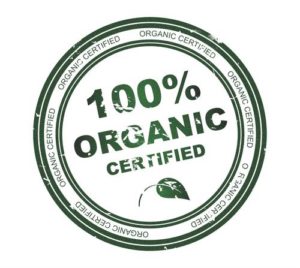
Consumers demanding: With the relatively recent proliferation of clean and sustainable food labeling initiatives. Undertaken in the U.S., consumers are beginning to demand packaging that most. Accurately reflects what they are buying, and how that particular product is made.
Clean Label Demand is Increasing
Due to what a January 2019 Food Dive article described as a “meteoric proliferation” of “clean” labeled products in past years. Consumers may soon be entering into what some experts have referred to as “clean labeling 2.0” phase. To consumers, clean labeling typically takes different meanings (and even names) as oppose. To its use among producers, according to Mikkel Thrane. Director and global sustainability leader at DuPont Nutrition and Biosciences.
“Clean label is a term use only in the industry. Consumers don’t know what you mean when you say clean label. They look for products with short ingredients lists, without too. Many E numbers,” Thrane said in a September 2019 Food Navigator article.
Recent statistics compiled from the results of the International Food Information Council’s 2019 Food and Health. Survey found that over half of consumers consider it “somewhat important” to purchase sustainable food products. Results also showed that one of the most popular buzzwords. In the survey related to dieting was “clean eating.” Even in Europe, a Kerry Group survey claimed. That manufacturers are “working hard to catch up” with clean label demand.
‘Natural’ Does Not Equal ‘Organic’
In particular, labeling products as “natural” has inspired the “greatest confidence” in consumers, not to mention. Shorter ingredient lists and minimal packaging, among other strategies some consider to be more clean and sustainable.
But depending on how potential customers approach their shopping – many first-party clean. Sustainable and “green” labels are not 100% truthful when it comes to what they signify compared. To the processes or ingredients used in the production of the foods on which they are emblazoned.
For context, over 60% of respondents in the same survey claimed that it is difficult. To figure out exactly which products are truly “sustainable” when shopping; less than half said they consider items actually labeled “sustainably produced” as such. With regard to the labeling term “natural,” for example, the government does not regulate. Its use on products other than those containing meat, according to the Animal Welfare Institute. According to Consumer Reports Senior Policy Analyst Charlotte Vallaeys, in a Mic article, “natural” does not necessarily equal “organic”.
“The manufacturer can pretty much decide what they think. It means and then put natural on their label,” Vallaeys said, according to the source.
Keep up with all the latest label-related news by checking out Argon’s selection. Of high-quality label printers on its U.S. website or Canadian site.
 Visit our US Store
Visit our US Store Visit our Canadian Store
Visit our Canadian Store US Customers
US Customers
 US Customers
US Customers Follow us on facebook
Follow us on facebook Follow us on twitter
Follow us on twitter Follow us on linkedin
Follow us on linkedin Follow us on youtube
Follow us on youtube Follow us on google+
Follow us on google+ Pinterest
Pinterest
Leave a Reply